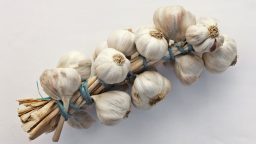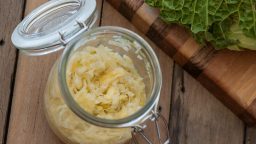If you have to live in the woods, you’re probably very familiar with ticks. They are not a fun creature deal with, and they can cause Lyme disease. Whether you’re trying to protect yourself, your children, or pets, you need to have some tips for making sure you can keep ticks at bay.
Garlic is said to work quite well at repelling ticks. However, you probably don’t want rub garlic all over yourself. Eating garlic or garlic pills can provide the same results though. Something to remember is that garlic is not good for pets such as dogs and cats. So do not give it to them.
Utilizing insect repellent that contains DEET can help as well. You can spray your clothing, as well as your shoes and socks. This works very well to keep the ticks away. If you’re going to be in an area where you know ticks are present, keep your pant legs tucked into your socks. It might look silly, but you can be sure the ticks are not going to get inside and onto your skin. You can also look for products that you can give to your pets that will help to repel or kill the ticks.
Always take some time to check yourself, your loved ones, and your pets after you’ve come back from an area where there are ticks. If you find any ticks, use tweezers with a fine tip to grab the tick. You want to grab as close to the surface of the skin is possible. Then, pull upward with a steady pressure. Never twist or yank the tick. This could cause the head or parts of the mouth to break off inside the skin. Then, clean the area.
To dispose of a tick, you can drown in alcohol. It can also be flushed down the toilet. You do not want to crush it with your finger.
Be aware of the ticks that might be in your area, and start taking precautions if you haven’t already.
If you liked this, you might also enjoy…
Natural Healing Techniques Doctors Don’t Want You to Know…
The Weight-Reducing Magic of Yoga…
The Ultimate Woodworking Course..






